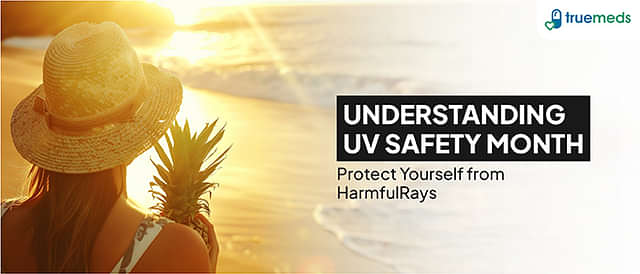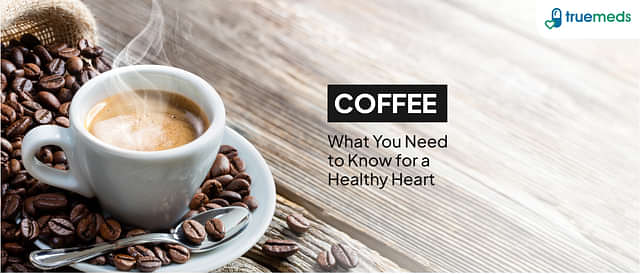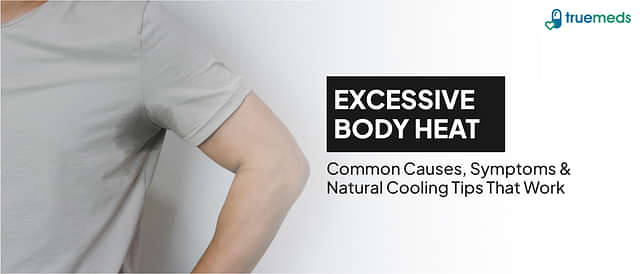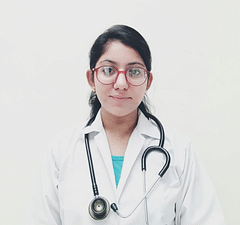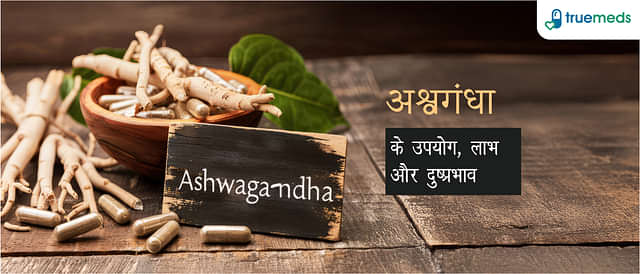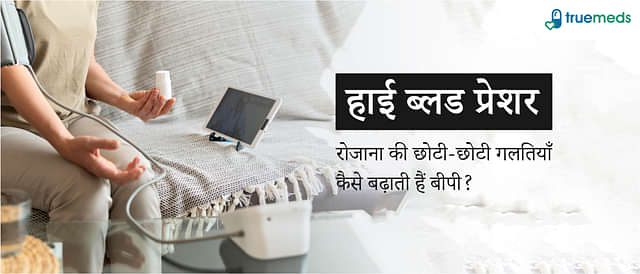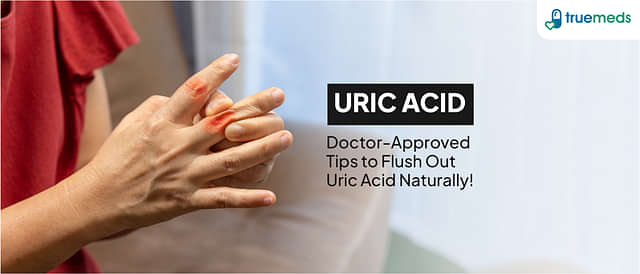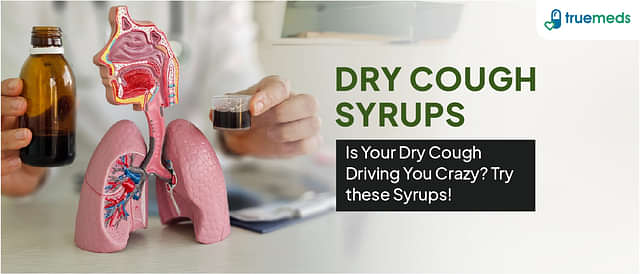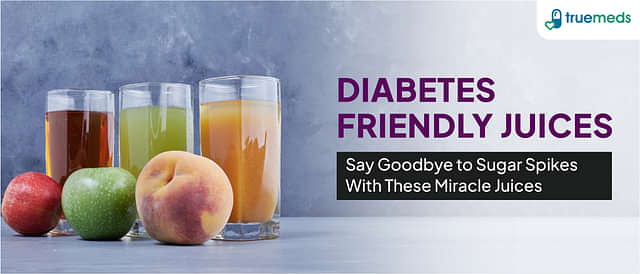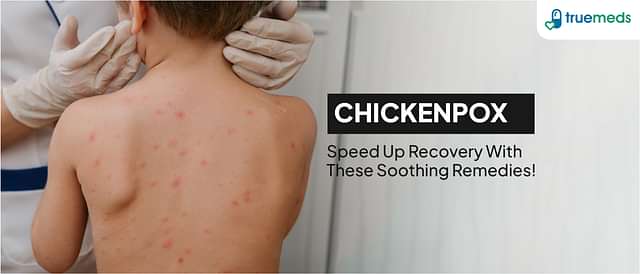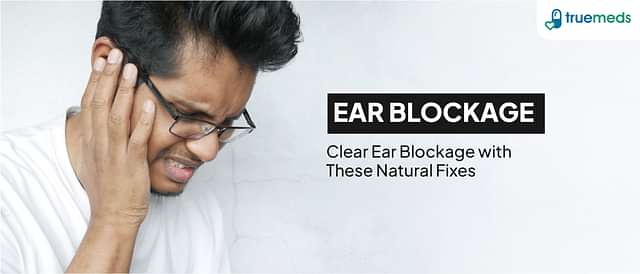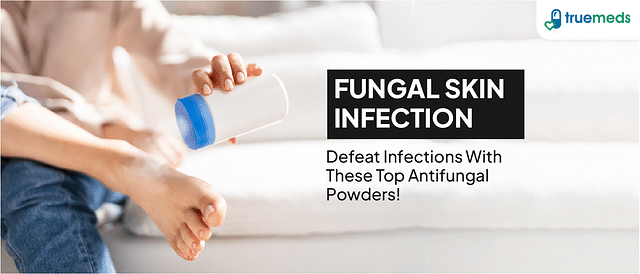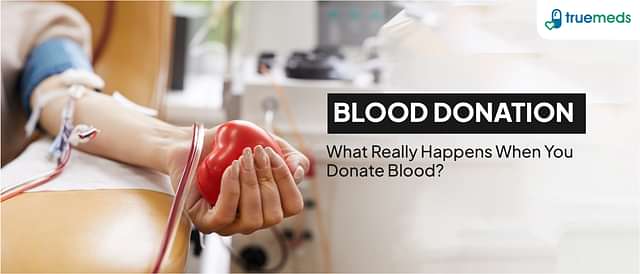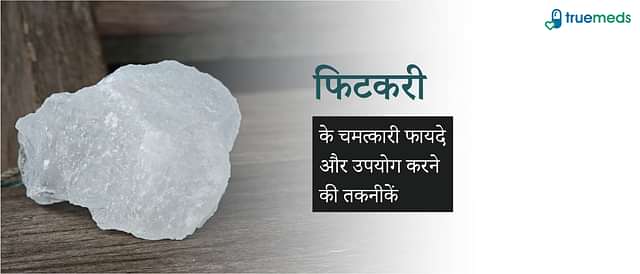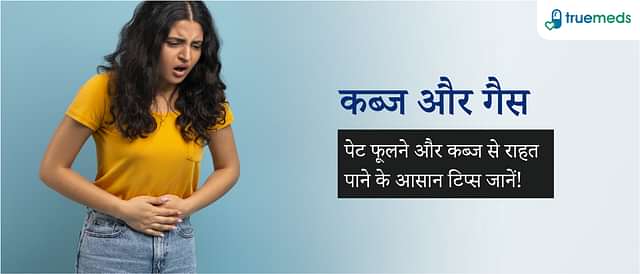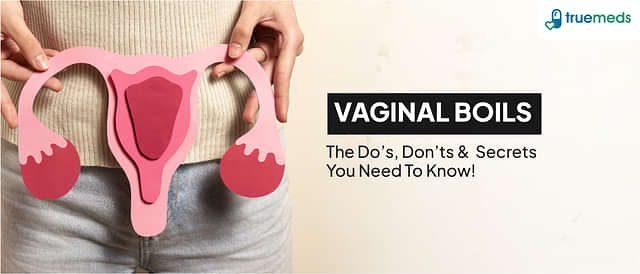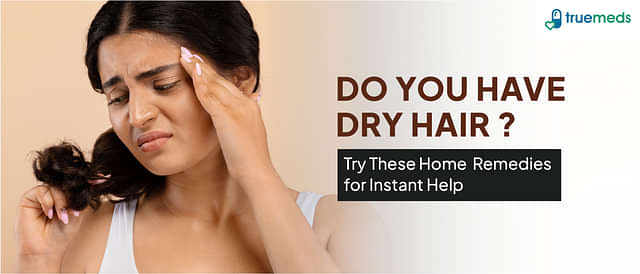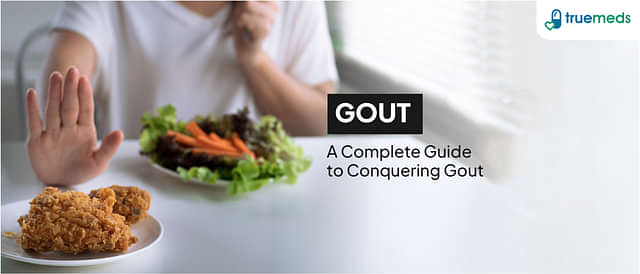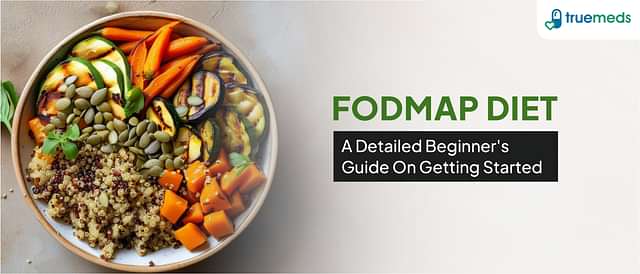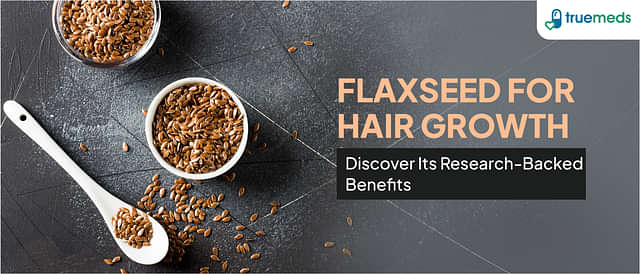What Should Be in a First Aid Box: List of Essential Things
Last updated on : 09 Jul, 2025
Read time : 9 min
Introduction
Minor injuries, unexpected illnesses, and emergencies can strike at any time — whether at home, work, or on the road. In such moments, a well-stocked first aid box becomes an essential tool, offering immediate support and potentially life-saving care until professional medical help is available.
The first-aid box allows for immediate care and potentially life-saving interventions before professional medical help arrives. This blog aims to guide you on what should be in a first aid box. It will also assist you in compiling a list of essential medications and tools that could be valuable during an emergency.
What is a First Aid Box?
A first aid box (or kit) is a collection of basic medical supplies designed to provide initial care during common injuries or medical situations. It can range from a simple box with adhesive bandages to a fully equipped emergency response kit with advanced medical tools. The contents of a first aid box may vary depending on:
- Where it’s used (home, car, office, travel, outdoors)
- The number and age of individuals it will serve
- Any special health considerations (e.g., allergies, chronic conditions)
It’s also highly recommended to undergo basic first aid training so you can confidently use the supplies in an emergency.
Why Do You Need a Comprehensive First Aid Kit?
In our everyday lives, we all face a variety of risks that can lead to minor or significant injuries. Whether it is a small cut, a burn from hot oil, or a twisted ankle, immediate attention is critical. This is where a first aid kit comes into the picture. A well-stocked first aid kit is crucial for several reasons:
- Quick response in emergencies: With the right first aid box items at your disposal, you can provide immediate care and help to prevent further injury. This is crucial until professional medical help arrives.
- Compliance with regulations: Workplaces are often required by law to have a first aid kit on the premises.
- Preparedness for accidents: Life is unpredictable, and accidents can happen unexpectedly. A comprehensive first aid kit can help reduce panic and provide some peace of mind.
- Cost savings: Prompt first aid can prevent complications, reduce medical expenses, and minimise time off work.
- Promoting safety awareness: The presence of a first aid kit fosters a culture of safety and shows an employer’s commitment to employee well-being.
Components of a First Aid Box
Now that we know why a first aid kit is essential, let’s explore the crucial items it should contain. A comprehensive first-aid kit should contain the following essential items for possible medical conditions:
| Purpose/Medical Condition | Essential First-aid Components |
| Wound care | – Adhesive bandages (various sizes) – Sterile gauze pads – Medical tape – Antiseptic wipes or solution – TweezersScissors – Disposable gloves |
| Burns and blister care | – Burn ointment or gel – Non-stick sterile dressings – Blister pads or cushions |
| Medications and relief | – Pain relievers – Antihistamines (for allergic reactions) – Antacids (for digestive discomfort) – Anti-diarrheal medication – Epinephrine auto-injector (if prescribed) |
| Medical tools | – TweezersScissorsThermometerCPR face shield |
| Hygiene and sanitation | – Hand sanitiserDisposable wipesTrash bags |
| Personal items | – List of allergies and medical conditions – Personal medications (if applicable) – Emergency contact information |
Basic First Aid Kit Items
For home, car, or travel use, your first aid kit should at least include the following:
| Basic First Aid Kit Items | Use |
| Adhesive bandages in various sizes | They are useful for covering small cuts, blisters or abrasions |
| Sterile gauze pads | To clean wounds or stop bleeding. |
| Medical tape | To secure gauze and dressings |
| Antiseptic wipes or solutions | For cleaning wounds and preventing infection |
| Tweezers | To remove splinters or foreign objects from the skin |
| Scissors | For cutting tape, gauze, and clothing |
| Disposable gloves | To protect yourself and the patient |
| Burn ointment or gel | For minor burns and scalds |
| Non-stick sterile dressings | For covering wounds or burns |
| Paracetamol or Ibuprofen | Pain relievers |
| Antihistamines | For allergic reactions |
| Antacids | For digestive discomfort such as indigestion or heartburn |
| A thermometer | To check body temperature |
| An antiseptic ointment | To prevent wound infections |
| CPR face shield | For performing mouth-to-mouth resuscitation safely |
| A first aid manual | For instructions on how to handle common health emergencies |
Advanced First Aid Kit Items
If you have advanced first aid training, you should consider expanding your first aid kit. This is especially important if you often travel to remote locations. Medical help may not be readily available there. Include the following items in your kit:
- Tourniquet to control severe bleeding
- Chest seals for treating penetrating chest injuries
- Hemostatic gauze to stop bleeding quickly
- Nasopharyngeal airway to maintain an airway in unconscious patients
- Occlusive dressing for wounds that need to be completely sealed
- Trauma shears for cutting through clothing quickly and safely
- Decompression needle for relieving pressure from a tension pneumothorax
- Irrigation solution for cleaning wounds
- Suture kit to close large wounds
- Scalpel for emergency medical procedures
- Steri-strips for closing small cuts
- Irrigation syringe for cleaning out wounds
- Splints for immobilising fractures
- Traction splint for realigning and stabilising fractures
- Cervical collar to support the neck in case of injuries
- Burn dressings for treating larger burn areas
- Trauma bandages for dressing large wounds and stabilising fractures
- Hypothermia blanket to retain body heat in cold weather emergencies
- Flashlight for visibility during nighttime emergencies
- Whistle to signal for help in outdoor emergencies
- Emergency blanket for warmth and shelter during outdoor emergencies
- Glow sticks for visibility during low-light situations
- Duct tape for a multitude of uses from securing dressings to makeshift splints
The advanced first aid kit items listed here are intended for use by experts only. If you’re a trained medical professional or individual with advanced first-aid training, only then use these items. They can help manage more serious injuries and medical conditions until professional help reaches. Always remember that having these items in your kit is not a substitute for proper medical training.
First Aid Box Medicine List
Here’s a list of essential medicines that your first aid box should include:
- Pain relievers such as acetaminophen, ibuprofen, and naproxen
- Antihistamines for allergic reactions
- Antacids for digestive discomfort
- Anti-diarrheal medication
- Hydrocortisone cream for itching and inflammation
- Aloe vera gel for burns
- Calamine lotion for insect bites and poison ivy
- Antiseptic ointment for treating minor cuts and wounds
- Epinephrine auto-injector if prescribed for severe allergies
- Cough and cold medicines
- Any personal medications that are taken regularly or needed for chronic conditions
Do note, that this is a general list and might need to be customised based on your family needs and lifestyle.
Customizing Your First Aid Kit
A well-stocked first aid box is a handy resource; however, the effectiveness of the kit lies in its customization. Here’s how you can tailor the kit to your needs:
- Consider the specific needs of your family:
- Infants or children: Add paediatric medications, baby thermometer, nappy rash cream
- Chronic illnesses: Include essential prescription drugs like insulin, inhalers, or BP medications
- Known allergies: Always carry antihistamines or an EpiPen (if prescribed)
- Make seasonal adjustments to the kit
- Summer: Don’t forget to include sunscreen, insect repellent, and heat rash creams.
- Winter: Essential items include hand warmers, lip balm, and cold/flu medicines.
Maintaining Your First Aid Kit
The effectiveness of your first aid kit depends on its maintenance. Here are some tips for regular checks and updates:
- Check expiration dates on medicines and replace any expired items.
- Restock used or outdated items as soon as possible.
- Ensure all items are in good condition and not damaged. For instance, make sure adhesive bandages haven’t lost their stickiness and creams or ointments haven’t dried up.
- Conduct regular checks at least once every six to twelve months. If your kit is used frequently, consider checking it more often.
- If the box has been used extensively or if the container is damaged, consider replacing the entire kit.
- Lastly, always keep the kit in a clean, dry place out of direct sunlight and away from heat and moisture.
Frequently Asked Questions (FAQs)
Basic essentials include bandages, antiseptics, gloves, pain relievers, tweezers, and a thermometer.
They provide immediate care, prevent complications, and can be lifesaving during emergencies.
An emergency medical kit includes items such as gloves, thermometers, first aid box medicine like antihistamines, and essential tools like scissors.
The number of items can vary; however, a well-stocked first aid box usually contains between 20 to 30 different medical kit items, depending on specific needs.
Ideally every 3–6 months. Check more frequently if the kit is used often.
Absolutely. You should customise your first aid box based on personal medication needs and the types of activities you engage in regularly.
Discard any expired first aid box medicine immediately and replace it to ensure your kit is always ready for use. Discard any expired first aid box medicine immediately and replace it to ensure your kit is always ready for use.Discard any expired first aid box medicine immediately and replace it to ensure your kit is always ready for use.
References
- Services, D. of H. & H. (n.d.). First aid kits. Www.betterhealth.vic.gov.au. https://www.betterhealth.vic.gov.au/health/ConditionsAndTreatments/first-aid-kits
- Australia, H. (2020, July 8). First aid kits. Www.healthdirect.gov.au. https://www.healthdirect.gov.au/first-aid-kits
- What are 7 Essential First Aid Kit Items? (n.d.). Drugs.com. https://www.drugs.com/medical-answers/7-essential-first-aid-kit-items-3573700/
- Google Books. (2018). Google.co.in. https://www.google.co.in/books/edition/The_Complete_First_Aid_Pocket_Guide/u8RWDwAAQBAJ?
- Google Books. (2018b). Google.co.in. https://www.google.co.in/books/edition/Survival_Medicine/UV4XEQAAQBAJ?hl=en&gbpv=1&dq=first+aid+box+essentials&pg=PT6&printsec=frontcover
- Google Books. (2018c). Google.co.in. https://www.google.co.in/books/edition/Medicine_for_the_Outdoors_E_Book/VfyUEAAAQBAJ?hl=en&gbpv=1&dq=first+aid+box+essentials&pg=PP1&printsec=frontcover
Disclaimer
Our healthcare experts have carefully reviewed and compiled the information presented here to ensure accuracy and trustworthiness. It is important to note that this information serves as a general overview of the topic and is for informational purposes only. It is not intended to diagnose, prevent, or cure any health problem. This page does not establish a doctor-patient relationship, nor does it replace the advice or consultation of a registered medical practitioner. We recommend seeking guidance from your registered medical practitioner for any questions or concerns regarding your medical condition.
Popular Articles
Recommended Articles
Recent Articles
Company
About UsHealth ArticleHealth StoriesDiseases & Health ConditionsAyurvedaAll MedicinesAll BrandsNeed HelpFAQSubscribe
Registered Office Address
Grievance Officer
Download Truemeds
Contact Us
Our customer representative team is available 7 days a week from 9 am - 9 pm.
v4.3.7
2025 - Truemeds | All rights reserved. Our content is for informational purposes only. See additional information.
Our Payment Partners











